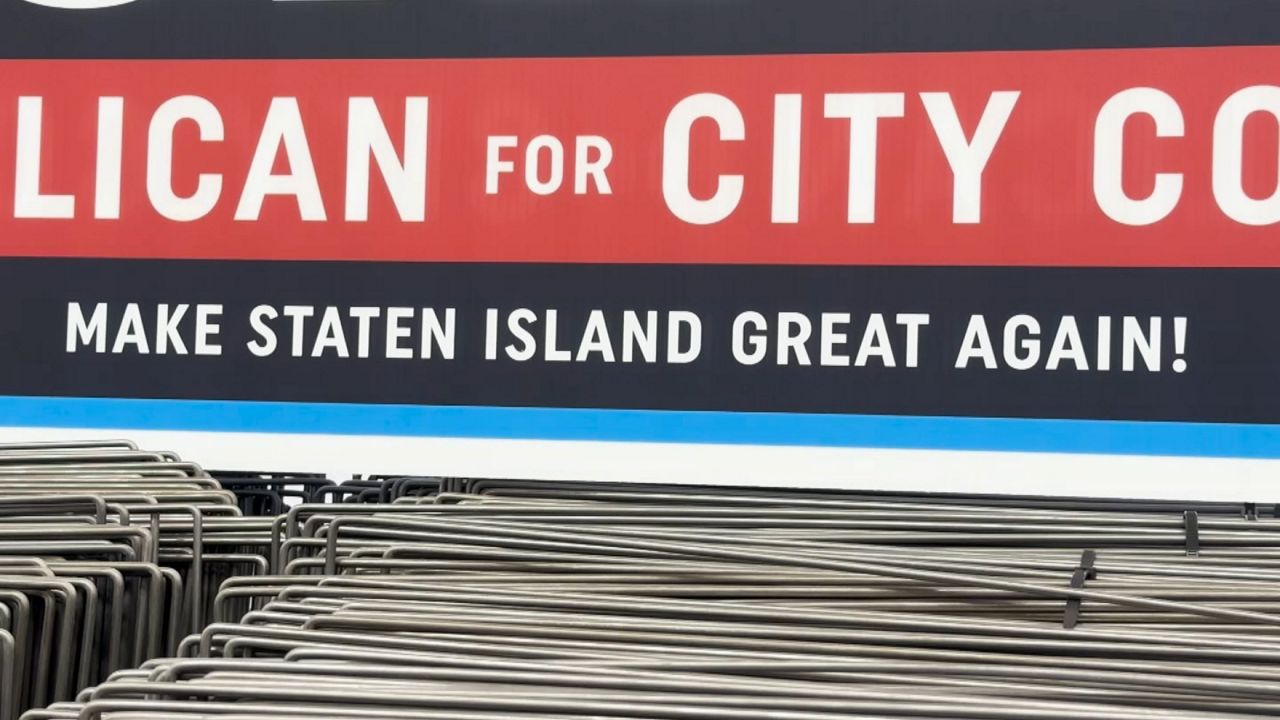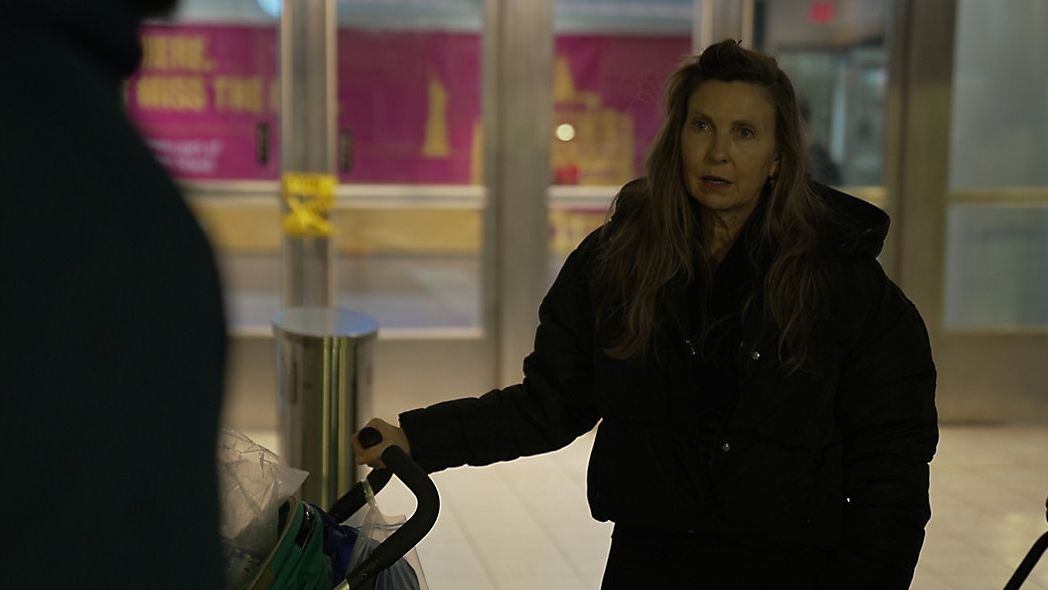Walking outside the Snug Harbor Cultural Center can be a challenge.
Many of the old bluestones lining the perimeter have cracked or shifted, creating a kind of obstacle course, especially for parents with a carriage or small children.
"These trees—you don't realize they're growing like that,” said Sage Reynolds, a local resident. “Suddenly the sidewalk is a little higher and, you know, you trip."
Snug Harbor opened in the 1830s as the country's first home for retired merchant seamen and was sold to the city in the 1970s.
For years, visitors have complained about the bluestone sidewalks on the perimeter, which match the sidewalks on the actual grounds.
Last week, the city began replacing broken and shifting stones with concrete, ending a policy of repairing or replacing them.
(Pictured above: the new concrete sidewalks are a welcomed sight to some, but others wish the city had done more to restore them to their former glory.)
"History deserves a little extra care. And this is an historic feature of our neighborhood that deserves extra care," said Barnett Shepherd, a Snug Harbor historian.
Shepherd has studied Snug Harbor for years, and even wrote a book about it.
He says the brick wall outside Snug Harbor along Tysen Street was built in 1890 and had a bluestone sidewalk for 130 years before it was replaced by concrete.
"It's not something just to be taken lightly,” said Shepherd. “And the city really is certainly at a fault for not considering this more carefully. All the work they're doing, excavating, building forms, putting in gravel. All that could have been used to reset the bluestone."
But the city says removing the bluestone is the least expensive solution to making the sidewalk safer. It says stones in good condition will be saved for use inside the compound.
Snug Harbor tells us it has already started stockpiling the salvageable bluestone for use with future projects at the site.
The cultural center says it will not remove any bluestone from inside the campus.









